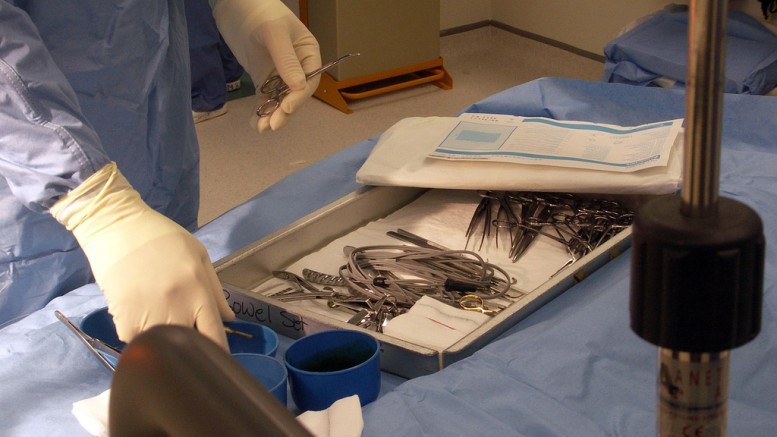A tonsillectomy is the surgical removal of the tonsils, which are the two pads of tissue on either side of the back of the throat. This surgery is one of the most common procedures performed on children, but some adults may find themselves a candidate for a tonsillectomy. Together with the adenoids, the tonsils help to fight infection. If you’ve had multiple bouts of tonsillitis, and your tonsils appear to consistently unhealthy, your ENT specialist may recommend that you get them removed.
Knowing what to expect from your surgery may help to relieve some of the anxiety that you have about undergoing tonsillectomy as an adult.
What to expect from the surgery?
According to One Face plastic & ENT surgery clinic, you’ll be given a general anaesthesia for the procedure, which typically takes between 20 and 45 minutes. Your surgeon will remove your tonsils using the most effective method. Once you are sent to recovery, you’ll spend 2 to 4 hours recovering from the anaesthesia. Once you are able to stand and walk, you’ll be released so that you can recover at home. If you have health complications or there were issues during the surgery, you may spend a night in the hospital.
Medications you may be prescribed
Your surgeon may prescribe a number of medications to help you with the recovery phase. Be sure that you follow the instructions provided to you by your surgeon.
Antibiotics may be prescribed to stave off the potential for an infection. Be sure to take all of your antibiotics until they are finished. You may be given a prescription to help you control the pain. Be sure to take the pain medication as instructed, to ensure that your pain is managed well. Avoid taking aspirin during recover, as this may increase the risk of bleeding.
Potential postoperative bleeding
Some patients may experience bleeding after a tonsillectomy. It can happen at any point during the recovery phase, up until about the third week of recovery. If you do experience a small amount of bleeding, drink an iced cold drink and be sure to get a bit of rest. If you experience excessive bleeding or the bleeding doesn’t stop, be sure to seek out medical treatment.
- There are a few things that you can do to minimise bleeding.
- Avoid smoking or exposure to smoke
- Use ice packs on your neck
- Avoid hot showers or baths for the first week after surgery
- Avoid hot or spicy foods
- Avoid foods that might have sharp edges
- Brush your teeth gently and rinse your mouth as directed by your surgeon
Eating and drinking after a tonsillectomy
Be sure that you stay hydrated after surgery, so keep plenty of ice water at hand. You will need to stick to a soft food or liquid diet for several days after the procedure. Avoid citrus, as it may burn your healing throat. Apple juice, applesauce, mashed potatoes and ice cream are some of the favourite things’ patients enjoy after a tonsillectomy.
Important self-care tips
Be sure to rest and limit your physical activity for up to 10 days after your surgery. It could take up to 3 weeks for you to feel completely recovered. Try to avoid people who have colds or the flu, as you may be more susceptible to getting sick right after your surgery.
Keep a cool mist humidifier nearby to help soothe your throat. A dry throat could lead to coughing, which could be painful.
When to reach out for additional medical care
If you have any of the following concerns after your tonsillectomy, be sure to call your healthcare provider right away.
- Any severe pain that cannot be controlled by prescription pain medication
- A severe earache that won’t ease after taking medications
- A high fever can be cause for concern
- A rash or itchy skin, which may indicate an allergy to your medication
- A red and swollen face
- Bright red bleeding from the mouth or nose
- Feeling weak or dizzy upon standing
- A stiff and painful neck
- Chest or back pain that doesn’t ease up when you alter your sitting position
- Any difficulty swallowing or breathing
Keep in mind that everyone heals at their own pace. Follow the preoperative and postoperative care instructions that your surgeon provides, to ensure your recovery goes as smoothly as is possible.
